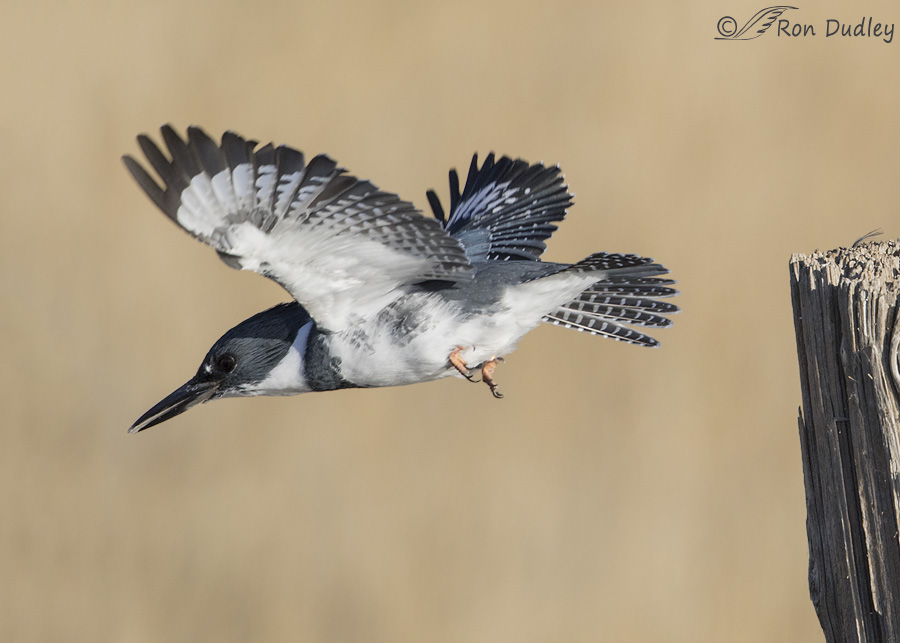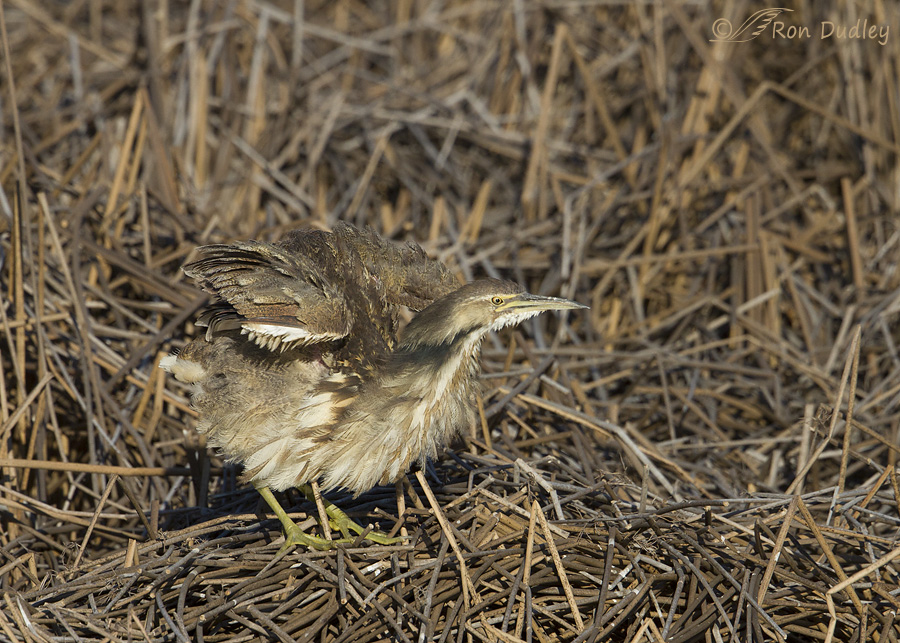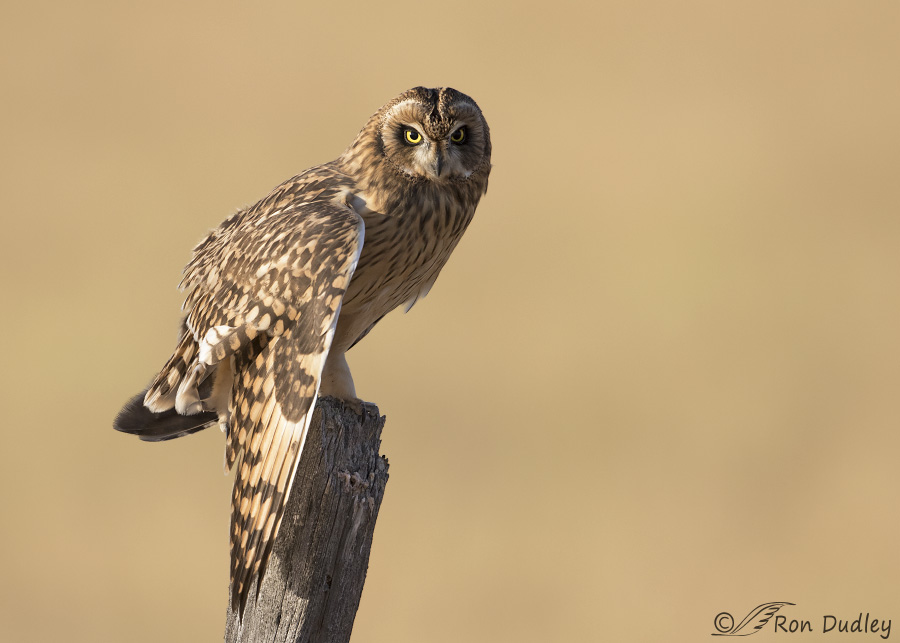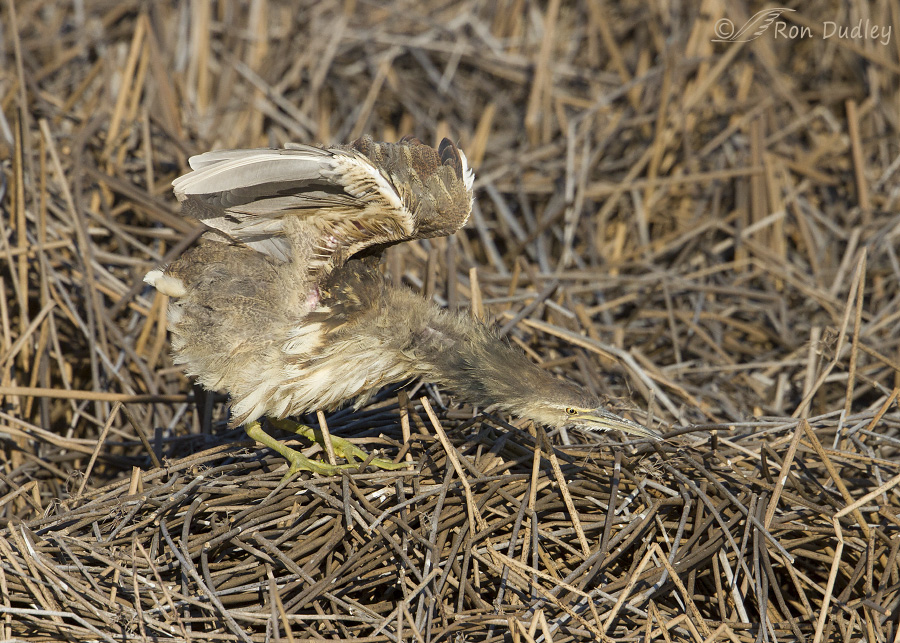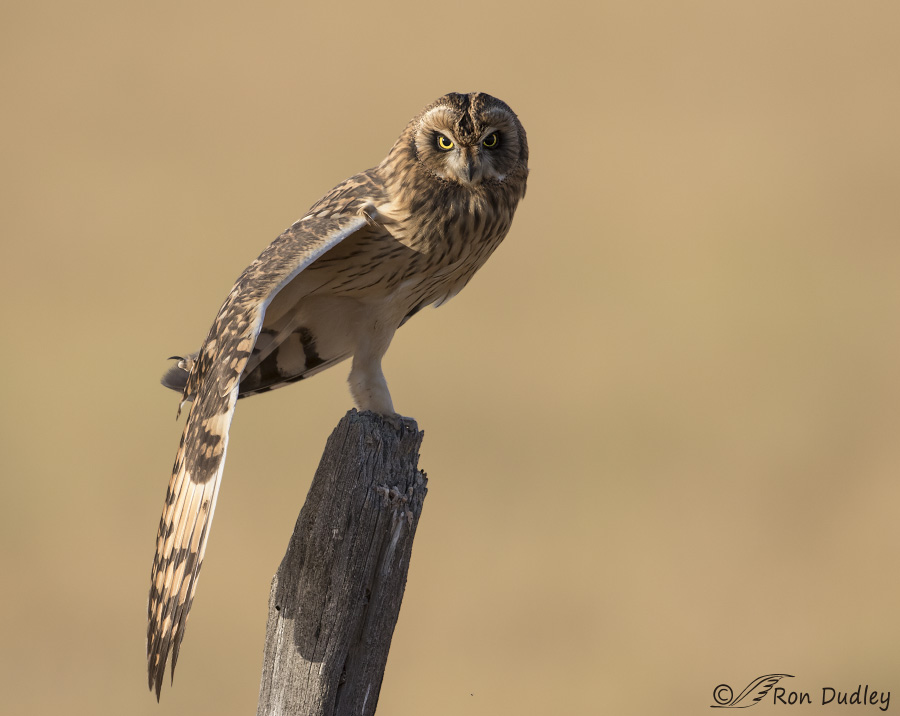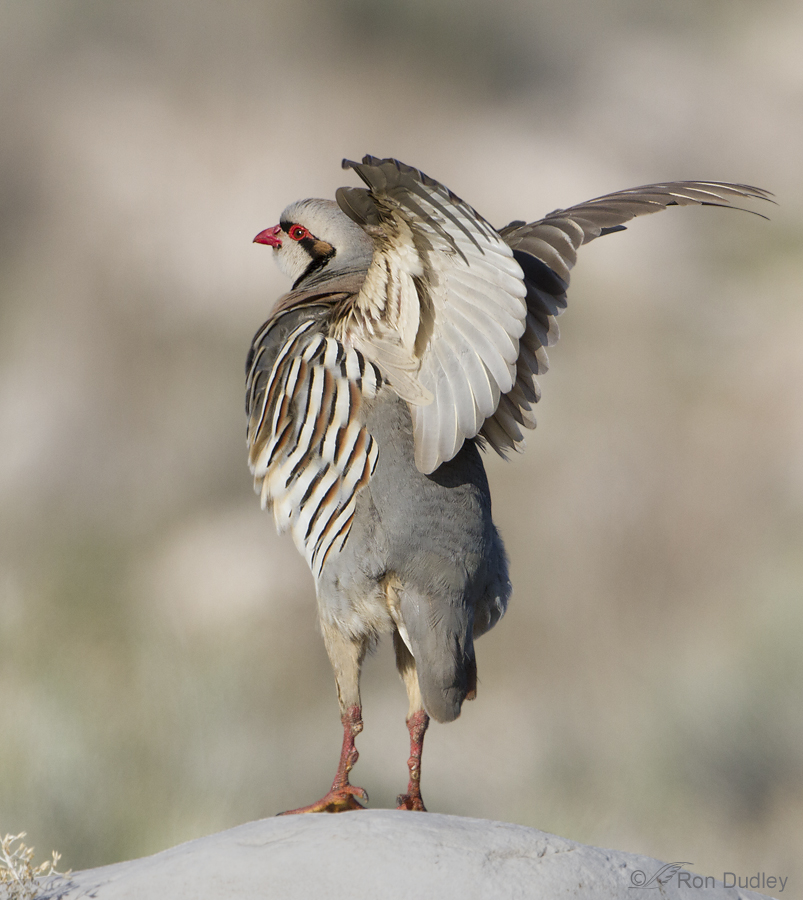Tag: wing stretch
American Bittern Doing A Little Posing
A Menacing Look From A Short-eared Owl
An American Bittern Out In The Open, Finally!
A War Of Wills With A Short-eared Owl And I Won
Chukar – Wing Stretch On Tippytoes
Antelope Island – A Meadowlark Mecca
Antelope Island is still teeming with Western Meadowlarks and will be for the rest of the summer. Most are uncooperative but there are exceptions.
Anticipating An American Avocet Behavior
Anticipating behaviors is often crucial for nature photographers and that’s particularly true when your subject is a lightning-fast bird. Most of us don’t need any more images where the wings have been cut off in the frame or the bird is soft due to lack of shutter speed or poor focus tracking of the bird at take-off. The American Avocet in breeding plumage is an especially lovely subject with its long recurved bill, bluish legs, cinnamon head and neck and the black and white chevron pattern on its back. But you don’t see many quality flight or take-off images of the species, partially because their flight tendencies are fast and erratic. Like many birds, avocets routinely perform single wing and leg stretches. These stretches occur when the bird is at rest and at ease. They stretch like this in the water… and on land. But this single-wing/leg stretch is not an indicator of nervousness or a precursor of take-off. Neither of the birds in these two images did so immediately after the stretch. 1/1000, f/8, ISO 500, 500 f/4, 1.4 tc, natural light, a sliver of canvas added for composition But when you see this two-winged wing stretch, expect imminent take-off. A few seconds later this bird did just that but it took off away from me and I deleted the images. Another two-wing stretch. And almost immediately after the wings came down… the bird took off. It’s not a good shot because of the angle of take-off but it illustrates my point. Here’s what Birds…
Juvenile Burrowing Owl Posing Up A Storm
The antics of Burrowing Owls are always entertaining but “personality” simply oozes out of the juveniles. 1/400, f/8, ISO 500, 500 f/4, 1.4 tc, natural light, not baited, set up or called in This youngster had recently fledged and had begun to do a little exploring. On this early morning I found it on this perch just after sunrise. Thus was further away from the burrow than I’d seen any of the juveniles up to that point. 1/400, f/8, ISO 500, 500 f/4, 1.4 tc, natural light, not baited, set up or called in Within just a few minutes it gave me a variety of interesting poses – first an enthusiastic yawn… 1/500, f/8, ISO 500, 500 f/4, 1.4 tc, natural light, not baited, set up or called in and then long and drawn out wing stretch with left foot extended… 1/500, f/8, ISO 500, 500 f/4, 1.4 tc, natural light, not baited, set up or called in which concluded with the wing down and partially hidden behind the rock. Soon after this shot was taken the bird flew back to the comfort and security of the burrow and the rest of its family. Ron
Just A Shot That I Like… # 27, Savannah Sparrow Wing Stretch
So very often when an avian subject gives the photographer a nice wing stretch the bird is either facing away or there’s no light on the face. So I always appreciate it when things work out with a shot like that. 1/2500, f/7.1, ISO 500, 500 f/4, 1.4 tc This Savannah Sparrow (along with several others of various species) would forage in the Montana pasture grass for a while and then return to the barbed wire to preen and occasionally stretch. I like the diaphanous qualities of the right wing that allow the viewer to see the fanned tail and stretched out foot and leg through the wing feathers. Ron
Swainson’s Hawk Regurgitating Pellets
Western Montana has been awash in Swainson’s Hawks this summer. From the Canadian border (Glacier County) to the southern border with Idaho (Beaverhead County) I found them in significantly larger numbers than I have seen in previous summers. I hope this very unscientific observation is accurate and that it bodes them well as a species because their numbers have been declining to the point where they are listed as a Species of Special Concern in several western states. 1/2000, f/7.1, ISO 500, 500 f/4 I found this handsome juvenile this past week along a county road in Beaverhead County. At first it was very relaxed and assumed this clenched fist pose that is so typical of many buteo species when they’re at ease and resting. 1/1600, f/7.1, ISO 500, 500 f/4 But soon it began to arch its neck and I recognized that it was about to attempt to expel a pellet. I had already taken my tc off in anticipation of take-off so I decided to leave it off because so often in the past I’ve missed the falling pellet as it dropped out of frame at the bottom. 1/2000, f/7.1, ISO 500, 500 f/4 Then, with the nictitating membrane pulled over the eye, the bird began to retch. These few images showing pellet ejection may give the viewer the impression that it all happened very quickly. It didn’t. From beginning to end the whole process took over four minutes. During that time there were alternating periods of retching and resting and it didn’t look to be a…
Bathing Willet Adult
Several weeks ago I found this adult Willet near the shore of a lake in Beaverhead County in sw Montana. Most of the shorebirds in this remote area of the state aren’t used to people so they’re difficult to approach but this single adult (and a couple of juveniles – likely the offspring of this bird) were very cooperative – which makes me speculate that this adult had migrated from an area where it had become accustomed to humans. 1/2000, f/7.1, ISO 400, 500 f/4 It spent quite a while feeding on aquatic insects and crustaceans. 1/2500, f/7.1, ISO 400, 500 f/4 There was a variable breeze blowing and in many of these shots and I liked the effect it had on the water surface. 1/2000, f/7.1, ISO 400, 500 f/4 Then the Willet began to bathe… 1/2000, f/7.1, ISO 400, 500 f/4 and occasionally would even give me direct eye contact. 1/2000, f/7.1, ISO 400, 500 f/4 As it completed its bath it did a few wing flaps to get rid of some of the water. 1/2500, f/7.1, ISO 400, 500 f/4 And then a vigorous shake to help dry and rearrange the feathers. 1/2500, f/7.1, ISO 400, 500 f/4 Then of course there was the post-bath preening. 1/2000, f/7.1, ISO 400, 500 f/4 And finally a nice wing stretch to complete the bathing ritual. The wing movement scared up some flying insects from the foreground vegetation. Willets appear to be pretty much “plain brown birds” until they…


